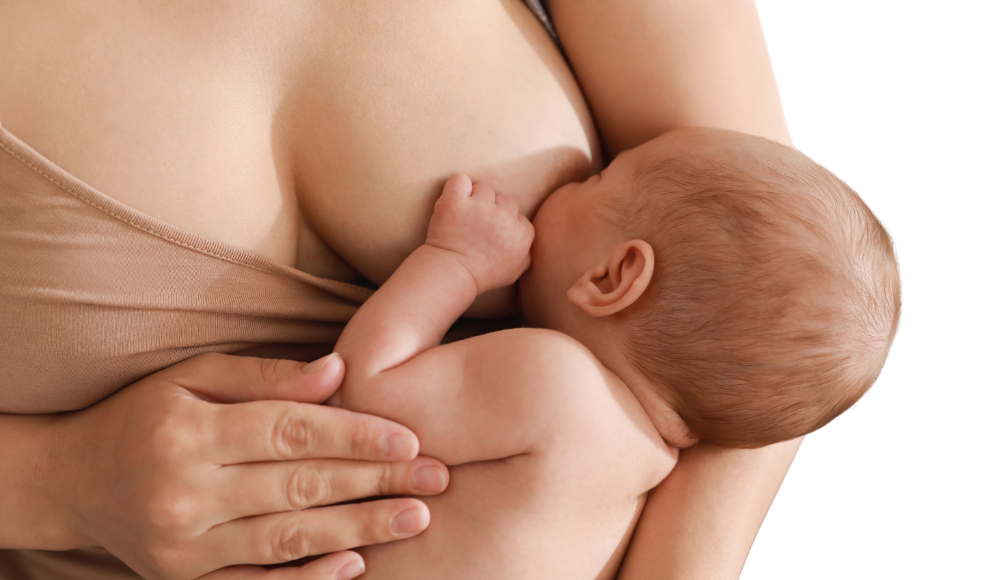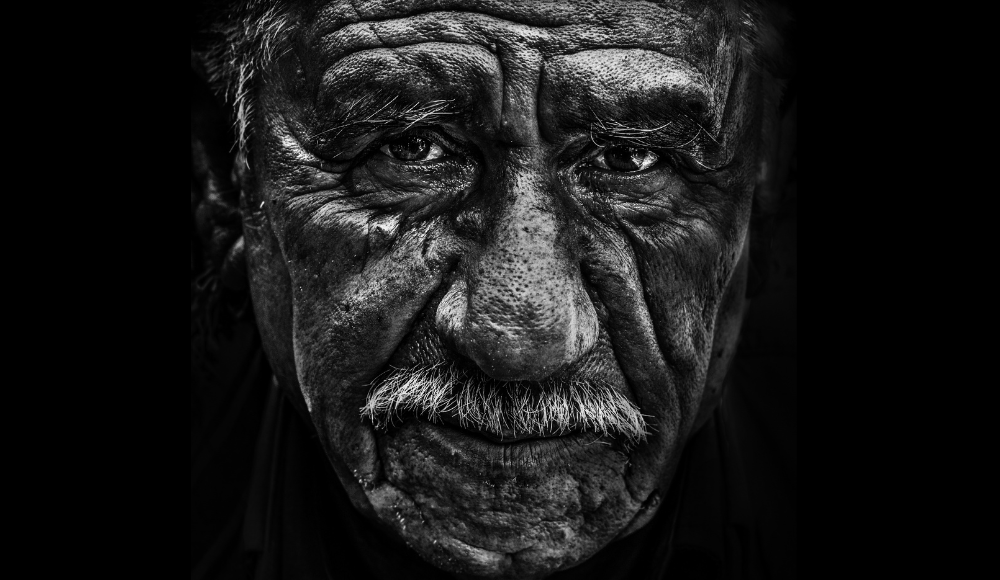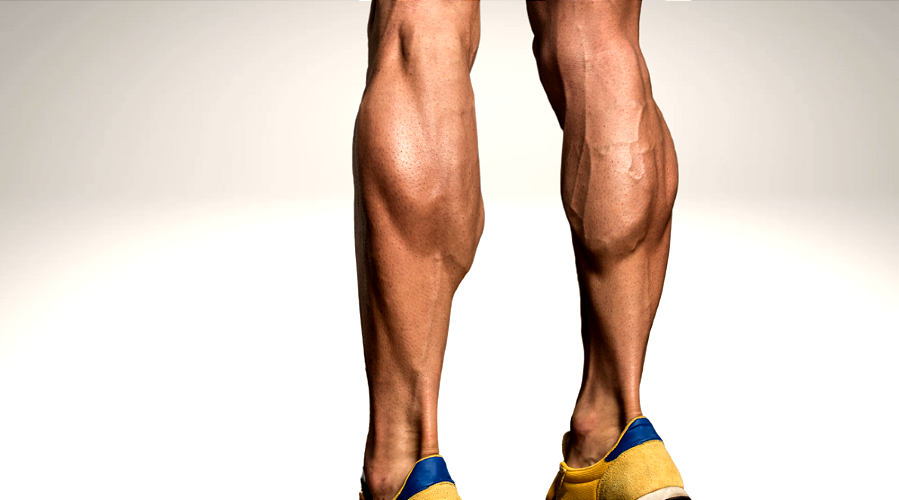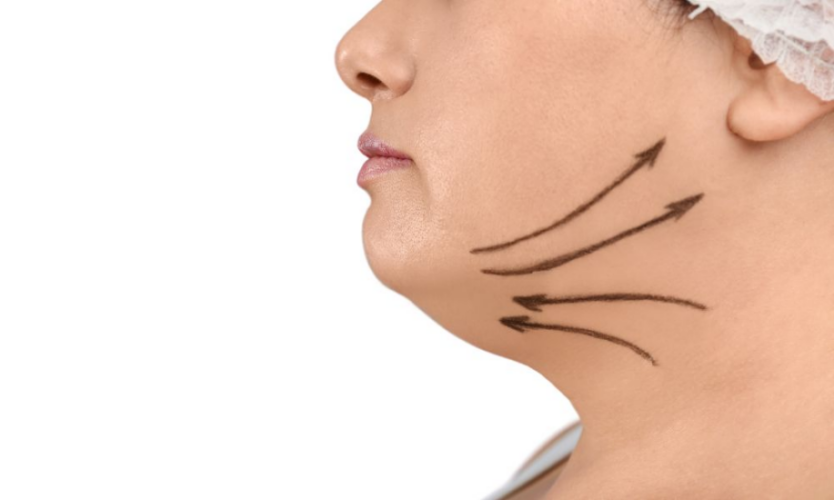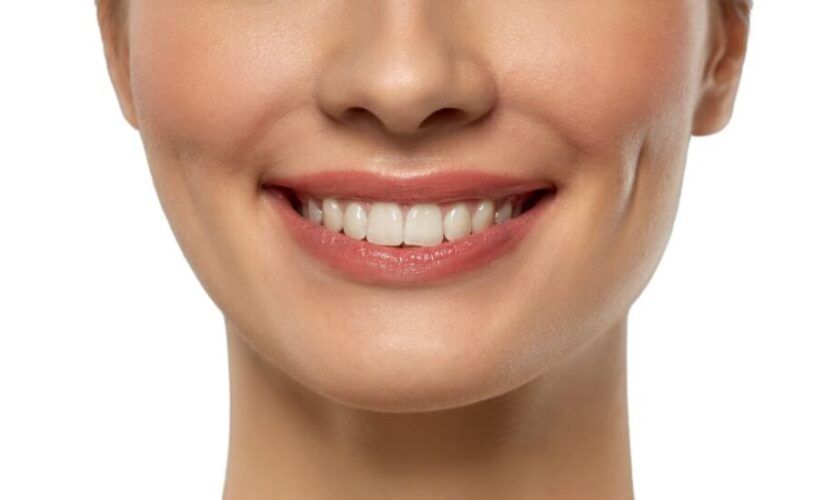Pregnancy is a transformative experience for many women that brings profound changes to a woman’s body and mind. Among the most noticeable physical changes are those that occur in the breasts. While these changes are natural and a testament to the incredible process of nurturing life, they can sometimes lead to cosmetic deformities that affect a woman’s confidence and self-esteem. Understanding these changes, their causes and exploring available options can help in making informed decisions about post-pregnancy body care.
Causes of Post-Pregnancy Breast Changes:
1. Hormonal Fluctuations: During pregnancy, the body undergoes significant hormonal changes to prepare for breastfeeding. Estrogen and progesterone levels rise, leading to increased blood flow and changes in breast tissue.
2. Weight Gain and Loss: The inevitable weight gain during pregnancy followed by weight loss after childbirth can cause the skin and underlying tissues to stretch and then contract, often resulting in sagging or less firm breasts.
3. Breastfeeding: While breastfeeding, the milk ducts fill and empty, leading to fluctuations in breast size. This can contribute to a loss of elasticity in the skin and supportive tissue over time.
4. Aging: Natural aging processes, combined with pregnancy and breastfeeding, can accelerate changes in breast tissue and skin integrity.
Common Breast Changes Post-Pregnancy
1.Volume Loss and Sagging (Ptosis):
- During pregnancy, the breasts enlarge in preparation for breastfeeding. Once breastfeeding is over, the breasts often lose volume and may sag. This is due to the stretching of the skin and ligaments that support the breast tissue.
2.Stretch Marks:
- Rapid expansion of breast tissue can cause stretch marks. These can be pink, red, or purplish lines that eventually fade to a lighter colour.
3.Changes in Nipple and Areola:
- Hormonal changes can cause the nipples and areolas to darken and enlarge. While some women find that their nipples return to pre-pregnancy size and color, others may notice permanent changes.
4.Asymmetry:
- It’s common for breasts to become asymmetrical after pregnancy, especially if one breast was more active in milk production than the other.
5.Skin Texture and Firmness:
- The skin may lose its elasticity and firmness, contributing to a less youthful appearance.
For many women, these changes can lead to a decrease in body confidence. The breasts are often closely tied to a woman’s femininity and self-image, and significant changes can impact mental health. It’s important to recognise that these feelings are valid and to seek support if needed.
Restorative Options
1. Non-Surgical Options:
– Supportive Bras: Investing in well-fitting, supportive bras can help lift and shape the breasts.
– Exercise: Strengthening the pectoral muscles beneath the breasts with exercises like push-ups or chest presses can improve overall appearance and support.
– Moisturisers and Creams: Using products formulated to improve skin elasticity may help in reducing the appearance of stretch marks and enhance skin firmness.
–Healthy Diet: Maintaining a balanced diet rich in vitamins and minerals supports overall skin health.
2. Surgical Options:
– Breast Lift (Mastopexy): This surgical procedure removes excess skin and tightens the surrounding tissue to raise the breasts and improve firmness.
– Breast Augmentation: For those seeking to restore lost volume, implants or fat transfer techniques can be used to enhance breast size and shape.
– Combination Procedures: Often, a breast lift combined with augmentation provides the best results by addressing both sagging and volume loss simultaneously.
-Breast Reduction: For those who experience an increase in breast size post-pregnancy that causes discomfort, a reduction can help achieve a more proportionate look.
It’s crucial to approach post-pregnancy body changes with compassion and understanding. Each woman’s experience is unique, and there’s no one-size-fits-all solution. Open conversations with healthcare providers , partners, professional counselling, or joining support groups can help in finding the best approach tailored to individual needs and goals.
The cosmetic deformities of the breast after pregnancy are a natural part of the body’s adaptation to motherhood. While they can pose challenges to self-esteem, a variety of treatments and supportive options are available. Embracing these changes as a testament to the body’s resilience and seeking appropriate care can pave the way to renewed confidence and well-being. Remember, every mark and change is part of the beautiful journey of bringing new life into the world.
While there can be a source of concern for many women, understanding the causes, common issues, and available solutions can empower women to make informed decisions about their bodies. Whether opting for non-surgical solutions, pursuing surgical corrections, or embracing the changes as natural, the most important thing is finding what makes you feel comfortable and confident in your skin.
Remember, every woman’s body reacts differently to pregnancy and childbirth, and there’s no right or wrong way to feel about these changes. What matters most is how you perceive and care for yourself during this incredible life stage.

